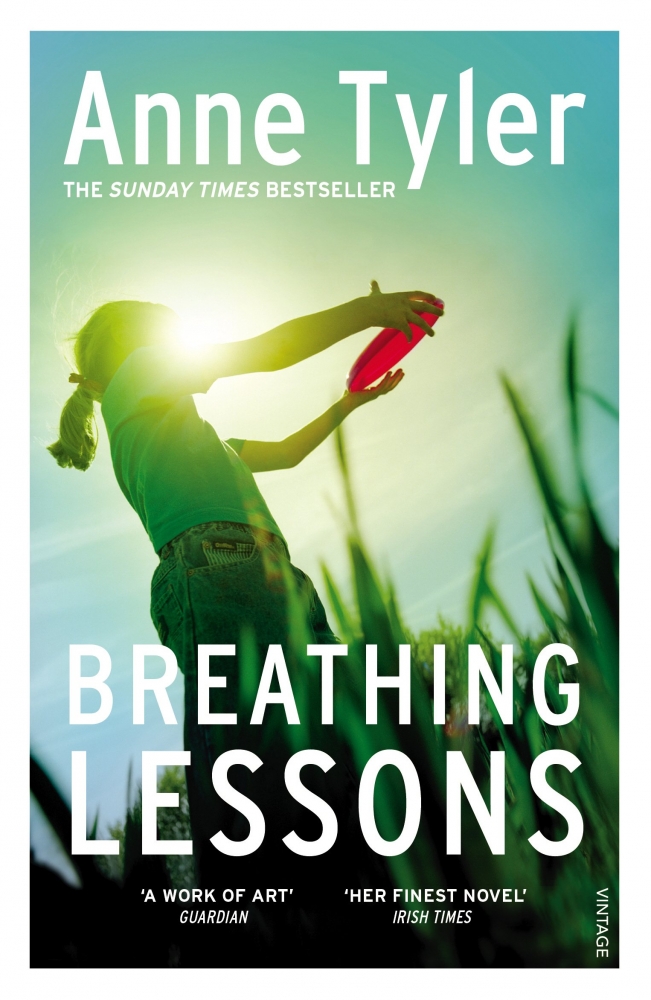Anne Tyler’s “Breathing Lessons” is a poignant exploration of the intricacies of marital dynamics, the enduring weight of nostalgia, and the surreal complexities of family bonds. At its heart, the novel navigates through a day in the life of the protagonist, Maggie, as she embarks on a road trip to attend the wedding of her estranged son. This simple premise unravels into a rich tapestry of observations that spark deep introspection about love, loss, and the quotidian struggles that define human existence.
The narrative diligently invites us to observe the seemingly mundane aspects of life: the everyday chatter between spouses, the fleeting moments of silence, and the poignant recollections that linger like a familiar scent. Contemporary observers of familial interactions might often dismiss these as ordinary, but Tyler reveals that within this banality lies profound depth. It is here that the novel captivates its readers, urging us to ponder the nuances of our own relationships and the ways in which we grapple with unfulfilled aspirations.
Maggie’s character serves as a lens through which readers can examine their own foibles and relational dynamics. Throughout the journey, we witness her unfurling thoughts—an intricate balance of hope and exasperation, devotion, and disenchantment. Is it not a common observation that the essence of any relationship is often muddled by unarticulated grievances and unvoiced desires? Tyler, through Maggie, encapsulates this notion beautifully, encouraging us to reflect on our clumsy attempts at communication and understanding within our own lives.
At one point, as Maggie and her husband, Ira, journey through the back roads of their memories, the narrative hints at deeper questions: What does it mean to truly know someone? To recognize the loss of control that often accompanies the evolving nature of relationships? The portrayal of Maggie’s unwavering commitment to her family juxtaposed with her exasperation reveals a universal truth. Relationships, no matter how nurturing or fraught, are in a constant state of flux—rippling with unexpressed emotions and the echoes of bygone days.
While on the surface, “Breathing Lessons” may present as a story about a mother’s undying affection for her child, peeling back the layers unveils a more intricate examination of adult disenchantment. Maggie’s relentless pursuit of perfection in her life and in the lives of her loved ones reflects an intrinsic desire for validation—an aspiration that many harbor yet seldom articulate. Therein lies the complexity of her character; her fervent need to instill meaning within the tapestry of her family life—or perhaps, to stave off the existential dread that often aligns itself with the passage of time.
Moreover, Tyler’s astute characterizations delineate the dichotomy of hope and resignation that percolates through Maggie’s interactions. As readers, we witness her attempts to mend the rifts within her family, only to be met with resistance. This perennial struggle serves to highlight a salient observation: we often approach familial rifts with the presumption that love is sufficient to heal all wounds. Yet, Tyler artfully conveys that the human heart is far more complex, and love, though potent, cannot be distilled into a simple remedy for every ailment.
The author’s deft use of imagery and symbolism enhances the book’s central themes. Notably, the titular “breathing lessons” serve as a metaphorical respite, a reminder that amidst the chaos of interpersonal connections, it is vital to pause, reflect, and bristle against the current of discontent. In this sense, the novel transcends its literal narrative, evoking a broader contemplation of existential endurance. Just as characters huff through their emotional odyssey, so too do readers find themselves catching their breath amid the reflections on their relationships.
One of the most riveting aspects of “Breathing Lessons” is its unwavering commitment to authenticity. Tyler’s portrayal of imperfect characters invites readers to reside in a space of familiarity, recognizing the disarray that often accompanies human connection. Unlike the often idealized depictions of love that pervade literature, this novel dares to tread into the messiness of reality—illustrating how imperfections and vulnerabilities form the bedrock of genuine relationships. The characters’ struggles with forgiveness, understanding, and self-identity reverberate within the reader, provoking thoughtful contemplation long after the final page is turned.
Furthermore, the cyclical nature of Maggie’s journey is reminiscent of a broader societal narrative. Today, as we grapple with our personal connections in an increasingly fragmented world, “Breathing Lessons” resonates deeply. It echoes the sentiments of many who feel adrift or disconnected amidst their ambitions and familial duties. The struggles and triumphs faced by Maggie and Ira encapsulate not only their individual journeys but also reflect the universal odyssey towards love, acceptance, and self-worth.
In conclusion, Anne Tyler’s “Breathing Lessons” serves as a formidable commentary on contemporary relationships—an exploration that delves beyond surface-level interactions to expose the tender and often tumultuous intricacies woven into the fabric of our lives. It compassionately resonates with readers, urging a deeper understanding of the complexity that lies behind common observations. Therein lies the crux of Tyler’s narrative brilliance: through portraying characters that are profoundly human, she compels audiences to embrace both the failures and triumphs of love in its many forms. What emerges is a heartfelt reflection that echoes the truth of the human experience, encapsulated in one profound breath at a time.
